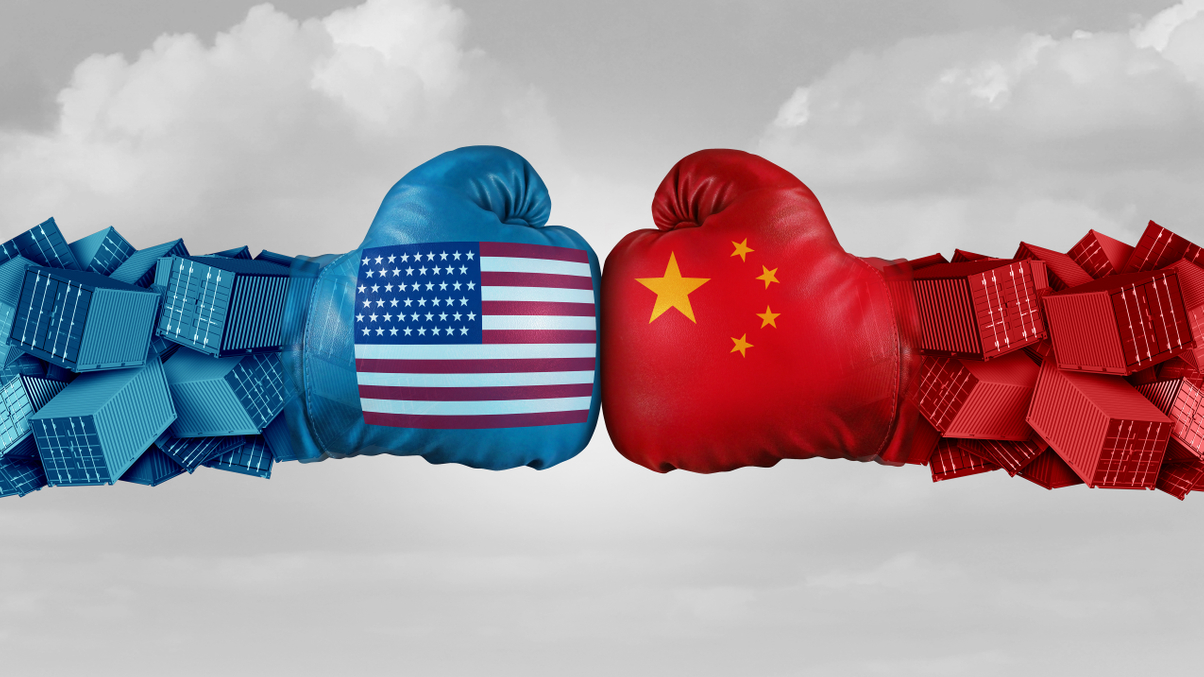It’s high time CIOs face their trade war fears
Investors should prepare their investment portfolios as soon as possible for the possibility of a full-blown and lingering trade war between the US and China.

If there’s any positive to come from US president Donald Trump’s surprise tweet on May 5 that he would level tariffs on another $200 billion of imports from China, it’s that it serves as a wake-up call for investors.
Sign In to Your Account
Access Exclusive AsianInvestor Content!
Please sign in to your subscription to unlock full access to our premium AI resources.
Free Registration & 7-Day Trial
Register now to enjoy a 7-day free trial—no registration fees required. Click the link to get started.
Note: This free trial is a one-time offer.
¬ Haymarket Media Limited. All rights reserved.

